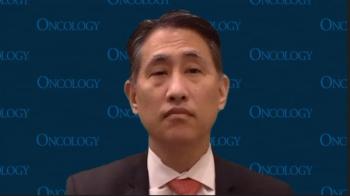
Findings from prior studies, such as the phase 3 VISION trial, may support the notion of combining radiopharmaceuticals with best supportive care.

Your AI-Trained Oncology Knowledge Connection!


Findings from prior studies, such as the phase 3 VISION trial, may support the notion of combining radiopharmaceuticals with best supportive care.

A new type of robotic posterior surgery has been shown to be a treatment option for patients with devastated bladder outlets.

Beta emitters such as lutetium Lu 177 rosopatamab may offer built-in PSMA imaging during the treatment of patients with metastatic castration-resistant prostate cancer.

Results from cohort 4 of the phase 2 SunRISe-1 trial showed TAR-200 elicited a 6- and 9-month DFS rate of 85.3% and 81.1%, respectively, in BCG-unresponsive NMIBC.
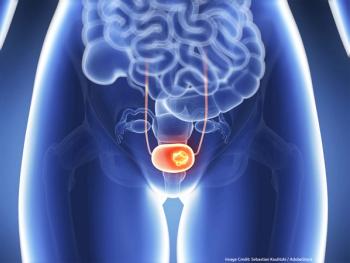
Results from the phase 3 ENVISION trial suggest UGN-102 could be a non-surgical alternative to TURBT for recurrent low-grade intermediate-risk NMIBC.

No 90-day mortality was observed among patients who were treated with EVP followed by surgery for advanced urothelial cancer.
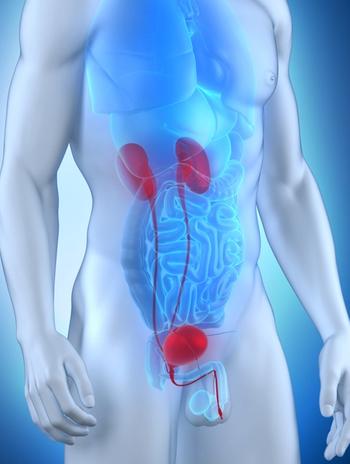
Data from cohort 4 of the phase 2 SunRISe-1 trial demonstrate durable DFS with TAR-200 in BCG-unresponsive, papillary-only, high-risk non–muscle-invasive bladder cancer.

Nogapendekin alfa inbakicept plus BCG led to a CR rate of 71%, with 60% of responders maintaining their response for at least 12 months, in patients with bladder carcinoma in situ.
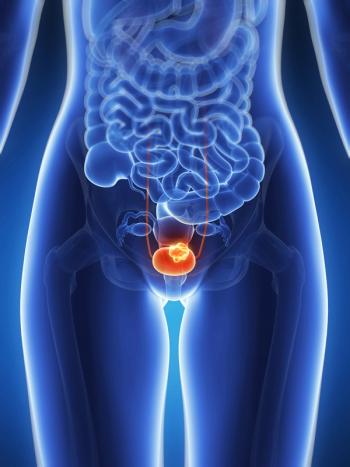
Complete response rates were observed consistently across patient subgroups in those with high-risk BCG-unresponsive non-muscle invasive bladder cancer.
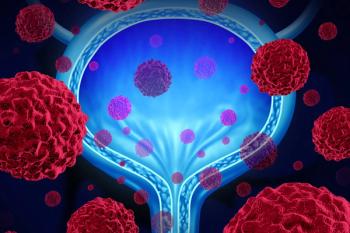
18F-FDG PET/CT staging of lymph node metastases in patients with bladder cancer undergoing radical cystectomy did not correlate with worse survival outcomes.
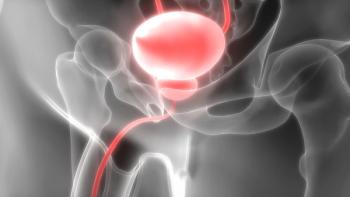
Data show that patients who undergo grade group 1 prostatectomies may experience an increased likelihood of higher risk features.
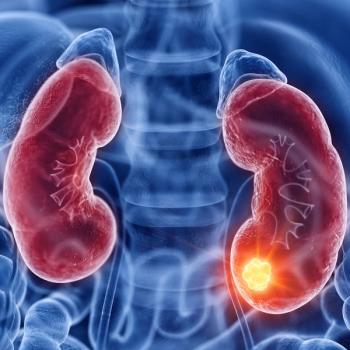
A prospective trial established that 97% of patients were successfully discharged on the same day as receiving robotic partial nephrectomy.
!["[These] data provide framework to assist in patient counseling and optimizing selection," according to the study authors.](https://cdn.sanity.io/images/0vv8moc6/cancernetwork/afc4e7af61f986692735b0d673f3933a45f75fc2-2249x2250.png?w=350&fit=crop&auto=format)
Findings may establish a framework for assisting patient counselling and optimizing therapy selection for those undergoing radical cystectomy.
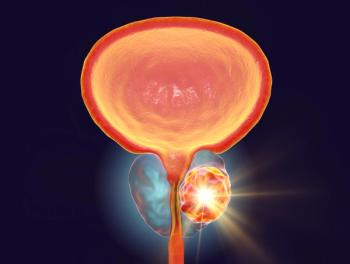
BMI, serum albumin, and G8 screening tool scores were all factors correlated with the likelihood of experiencing a grade 3 or higher AE.
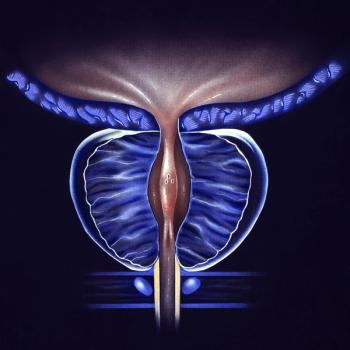
Toxicity complications were assessed between single- and multiple-treatment modalities for patients with localized prostate cancer.

Phase 2 data support the potential of replacing cisplatin with nab-paclitaxel as a backbone therapy for those with muscle-invasive bladder cancer.
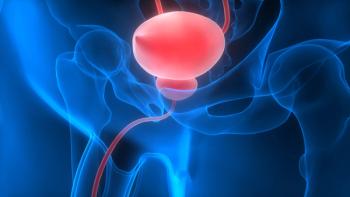
Findings from the CheckMate-901 study support the use of frontline nivolumab plus gemcitabine/cisplatin in advanced urothelial carcinoma.
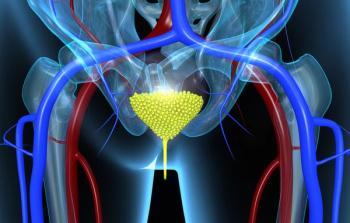
All patients with a response to TAR-200 did not have progression to muscle-invasive bladder cancer or metastatic disease in the SunRISe-1 trial.
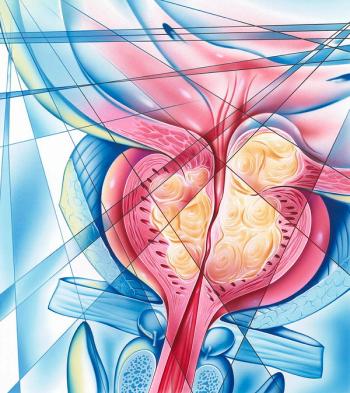
Data from a phase 2 study may support apalutamide plus androgen deprivation in high-risk localized prostate cancer following radical prostatectomy.

Treatment with cretostimogene grenadenorepvec appears tolerable among patients with high-risk BCG–unresponsive NMIBC in the phase 3 BOND-003 trial.
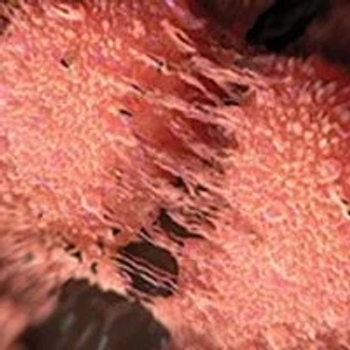
Findings support the use of 18F-PSMA-1007 PET/CT in the preoperative workflow of intermediate- and high-risk prostate cancer.
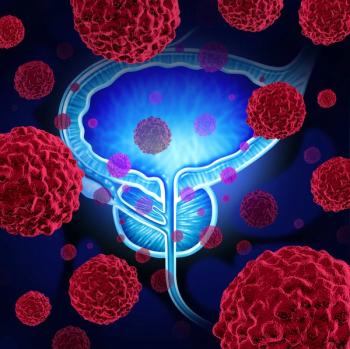
Functional consequences appeared to be lower with HIFU compared with radical prostatectomy in a prospective trial.

Adverse effects were found to be similar between patients with metastatic hormone-sensitive prostate cancer who were treated with darolutamide plus androgen deprivation therapy and docetaxel vs androgen deprivation therapy and docetaxel alone.
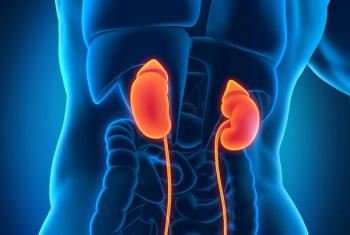
Interim results from the phase 2 PADRES trial demonstrated that partial nephrectomy may be possible for a subgroup of patients with clear cell renal cell carcinoma with complex masses who received neoadjuvant axitinib.
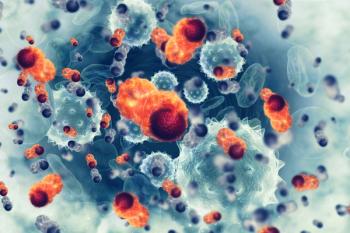
The JAVELIN Bladder 100 trial demonstrated that avelumab plus best supportive care prolonged overall survival vs best supportive care alone for patients with advanced urothelial carcinoma.
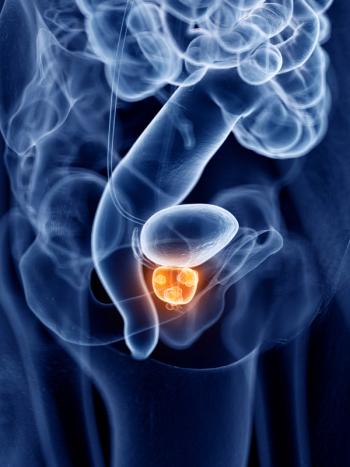
Three year follow-up findings from a post hoc analysis of the phase 3 ARAMIS trial indicated that darolutamide maintained a survival benefit regardless of prior local therapy for patients with nonmetastatic castration-resistant prostate cancer.

Adding niraparib to abiraterone acetate and prednisone improved efficacy and yielded tolerable safety for patients with metastatic castration-resistant prostate cancer with homologous recombination repair gene alterations.

Patients with upper tract urothelial carcinoma may benefit from treatment with oral FGFR1-3 inhibitor infigratinib.
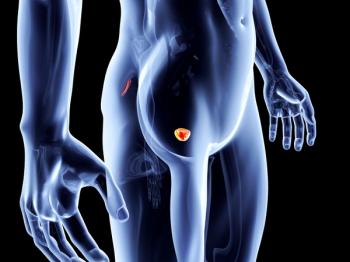
Findings from the phase 3 ARCHES trial highlighted a long-lasting survival improvement for patients with metastatic hormone-sensitive prostate cancer who were treated with enzalutamide plus androgen deprivation therapy regardless of whether they received prior local therapy.
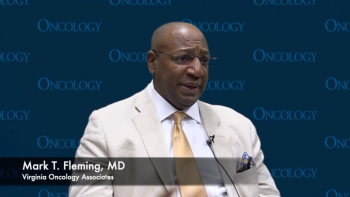
Mark T. Fleming, MD, spoke about how use of 18F-rhPSMA-7.3 for PET/CT scans in patients with recurrent prostate cancer bests conventional imaging.